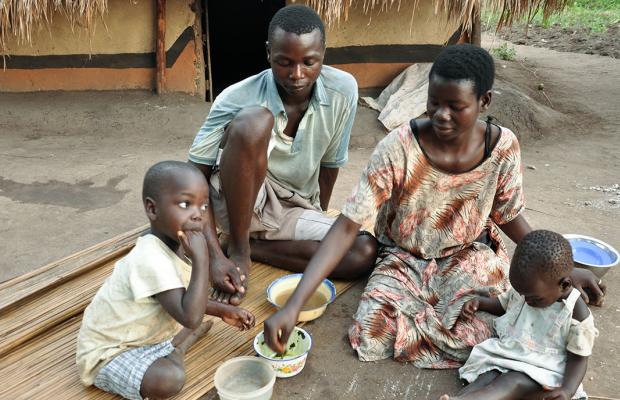
300,000 more Ugandans slid back to poverty mainly as a result of the ongoing Covid-19 pandemic
Kampala, Uganda | THE INDEPENDENT | The 2019/20 National household survey report released by the Uganda Bureau of Statistics-UBOS, recently shows that 300,000 more Ugandans slid back to poverty mainly as a result of the ongoing Covid-19 pandemic. According to the report, despite the fact that poverty generally reduced from 21.4% in 2016/17 to 20.3% in 2019/20, in actual terms, many Ugandans are still vulnerable. The report notes that some people stay in poverty over an extended period while others move into and out of poverty over time.
“Overall, 8.4 percent of the households moved out of poverty whereas 10.2 percent slipped into poverty. A large percentage (72.9%) of the households was never poor compared with the chronically poor (8.5%),“the report reads. Its reports like this that have influenced the government to continue coming up with programs that aim at empowering the most vulnerable communities to move out of poverty and not slide back.
Programs such as Entadikwa, Poverty Action Plan, Bonna Bagaggawale, Emyooga among others have been put in place in the past to defeat household poverty. This approach is not different in 2021/22 national budget that was passed last week. In order to empower and increase self-employment and incomes, the government has disbursed Shillings 165 billion to 247,700 youths to implement 21,000 projects under the Youth Livelihood Program.
A further 166,300 women in 13,800 groups have received funding for projects, said Amos Lugoloobi, the minister-designate in charge of planning who read the budget on behalf of President Museveni. However, a look at the report by UBOS, one gets the impression that these interventions are yet to have the desired impact in as far as getting people out of poverty forever is concerned.
Actually, this is the same puzzle faced by the technocrats in the Ministry of Gender, Labour and Social Development, who are in charge of poverty alleviation programs among the most vulnerable groups including the youth, women, the elderly and people with disabilities.
Speaking to Uganda Radio-Network, Aggrey Kibenge, the Permanent Secretary in the Ministry of Gender, Labor and Social Development said the fight against poverty must be holistic. He said coming up with programs that improve incomes for the vulnerable groups without first solving the general bottlenecks that affect the country is hampering the success of their interventions.
To have a turnaround, Kibenge added is the reason why the government has adopted the parish model that looks at the country holistically.
This approach, Dr. Fred Muhumuza, an economist and policy analyst says is what has been lacking to have a meaningful impact of several of government poverty alleviation programs.
Lugoloobi says the Parish Development Model is going to be an approach to organize and deliver public and private sector interventions for wealth creation including investment planning, budgeting and service delivery at the parish level as the lowest planning unit.
“This approach seeks to create income generating opportunities at the 10,594 Parishes in the country,” Lugoloobi said.
*****
URN
The post Why gov’t interventions are failing to end household poverty appeared first on The Independent Uganda:.
from The Independent Uganda: https://ift.tt/2RV44Xq
0 Comments